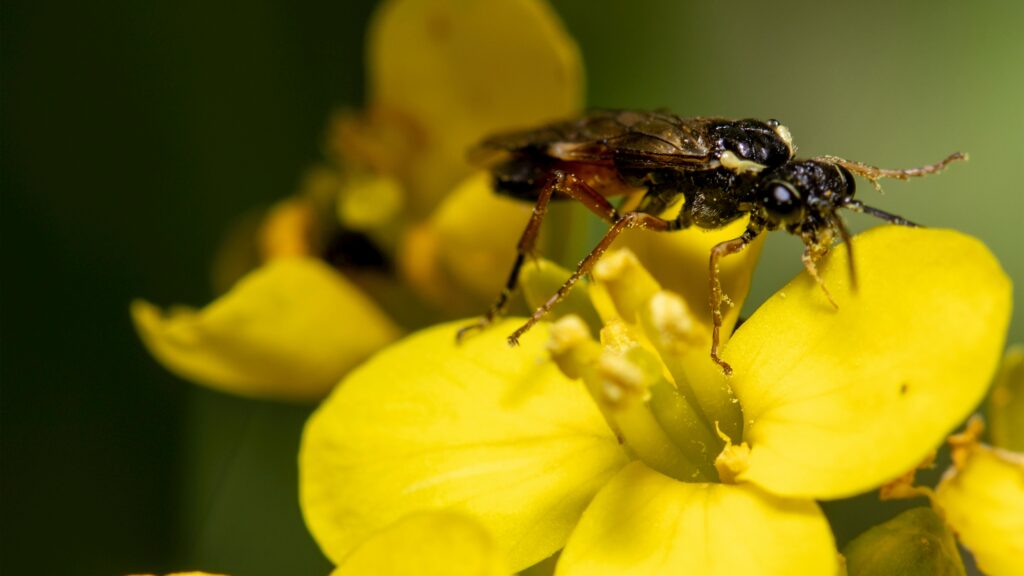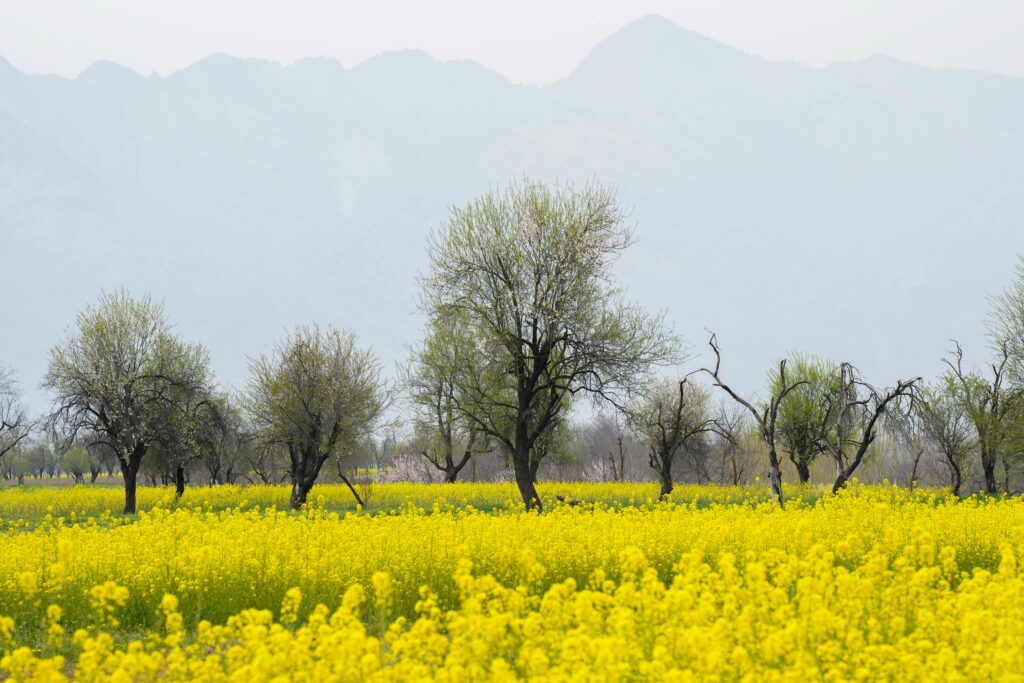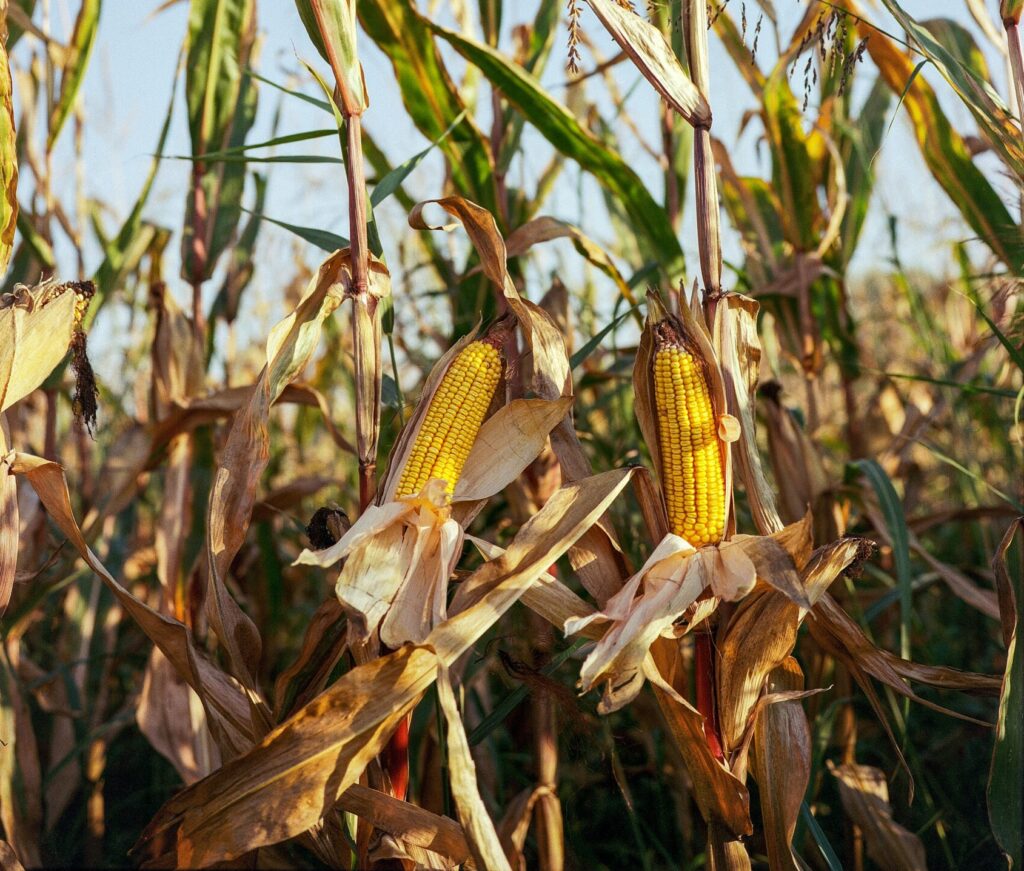Mustard, a versatile crop known for its seeds and leaves, has varieties adapted to diverse climates. Choosing the right variety based on climate can significantly improve growth, resilience, and yield. Here are some popular mustard varieties and the climates best suited for each.
1. Yellow Mustard (Sinapis alba)
- Best Climates: Yellow mustard is widely grown in temperate and cool climates, including regions of North America and Europe.
- Characteristics: Known for its mild flavor, yellow mustard is cold-tolerant and can germinate in cool soil, making it ideal for early spring or late fall planting. It’s also commonly used as a cover crop due to its biofumigation properties, which help suppress soil pathogens and pests.
- Growing Season: Plant in early spring or late summer to ensure growth during cooler months, as it prefers temperatures between 60°F to 70°F (15°C to 21°C).
2. Brown Mustard (Brassica juncea)
- Best Climates: Brown mustard thrives in warmer climates and regions with hot summers, such as parts of Asia, Europe, and the U.S. Midwest.
- Characteristics: Known for its spicier flavor, brown mustard is less cold-tolerant than yellow mustard but grows quickly in warm conditions. This variety also has drought tolerance, making it suitable for semi-arid climates.
- Growing Season: Plant in late spring or early summer to avoid frost exposure. Brown mustard can handle warmer temperatures, ideally between 70°F and 85°F (21°C to 29°C).
3. Black Mustard (Brassica nigra)
- Best Climates: Black mustard prefers warm and Mediterranean climates and is often grown in regions such as the Mediterranean basin and some parts of California.
- Characteristics: This variety has the most pungent flavor and is the least cold-tolerant among the three main types. It grows well in full sunlight and can withstand higher temperatures.
- Growing Season: Typically planted in spring, as it does not handle frost well. Black mustard thrives in warmer weather, with an ideal temperature range of 75°F to 90°F (24°C to 32°C).
4. Indian Mustard (Brassica juncea – Toria and Rai)
- Best Climates: Indian mustard varieties are highly adaptable, growing well in subtropical and tropical climates, especially in India and Southeast Asia.
- Characteristics: Often used for mustard oil production, Indian mustard varieties are drought-tolerant and can withstand high temperatures and humidity. These are commonly cultivated in semi-arid regions due to their tolerance for lower water availability.
- Growing Season: Generally planted in late summer to early fall to benefit from the cool early growing season and harvest before the hottest part of the year.
5. Oriental Mustard (Brassica juncea – Chinese Varieties)
- Best Climates: Oriental mustard, particularly popular in East Asia, does well in both temperate and subtropical climates.
- Characteristics: Known for its robust flavor, it’s cultivated for both seeds and greens. Some oriental mustard varieties are highly heat-tolerant, while others, used for greens, may prefer cooler growing conditions.
- Growing Season: Can be grown throughout spring and fall in temperate climates. In warmer regions, it is best suited for late fall to early spring planting.
Tips for Choosing the Right Variety
- Consider Climate Adaptability: Choose mustard types based on local temperature ranges. For instance, yellow mustard works well in cooler regions, while brown and black mustard thrive in warmer areas.
- Assess Seasonal Needs: Plant mustard early in the season for cooler regions to ensure harvest before the heat of summer, while warmer regions can plant later to avoid frost.
- Soil Requirements: Mustard grows best in well-drained, fertile soil, and adding organic matter can enhance yields across varieties.
By choosing mustard varieties that align with your climate, you can optimize growth, yield, and crop quality, whether for culinary, medicinal, or soil health purposes. Each variety’s unique characteristics allow mustard cultivation to succeed in diverse global climates.
















